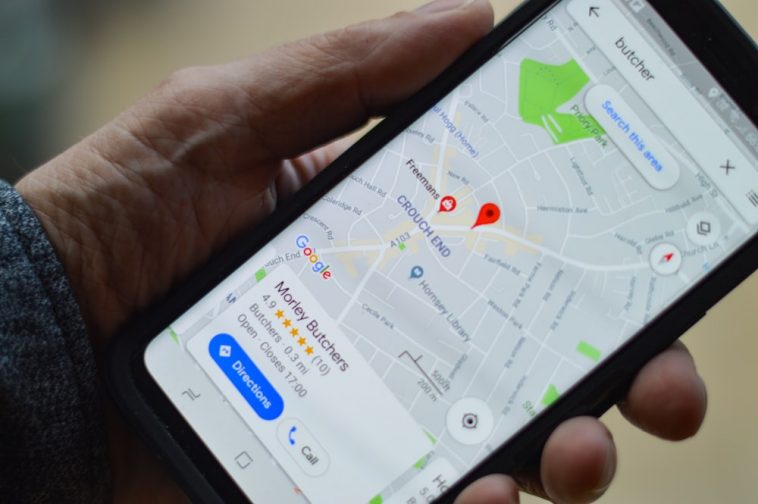Introduction.
Google AdSense is one of the most popular ways for website owners, bloggers, and content creators to make money online.
Whether you’re a new publisher or have been monetizing your website for years, figuring out how to optimize AdSense revenue can be challenging yet incredibly rewarding.
Getting the most out of your AdSense account isn’t just about putting ads on a page; it’s about understanding how to make those ads work harder, how to increase click-through rates (CTR), and how to maximize revenue per thousand impressions (RPM).
If you’ve ever felt like you’re putting in lots of work but not seeing the revenue you expected, you’re definitely not alone.
The good news? There are proven strategies you can implement to boost your earnings without adding loads of extra work.
I’ll walk through some of the most effective ways to increase AdSense earnings, covering everything from ad placement to content optimization and audience targeting.
So, let’s get started!
How Do I Increase My Google AdSense Earnings?
1. Understanding AdSense Basics: Why Earnings Vary
The first step to increasing your AdSense revenue is understanding the factors that impact it. Google AdSense revenue can vary a lot based on things like:
- Audience location: Advertisers are willing to pay more for audiences in certain countries.
- Ad placement: Ads that are easy to see tend to perform better.
- Content quality: Engaging and relevant content attracts more visitors and keeps them on your page.
- Ad type and format: Choosing the right types of ads—whether display, text, or video—can make a huge difference.
In short, AdSense is based on an auction system. Advertisers bid to show ads on your site, and if you understand how to align your website with higher-paying ads, you can significantly boost earnings.
2. Focus on High-Quality, Niche Content
Google rewards sites that provide valuable, high-quality content. Niche websites often perform better because they attract targeted audiences, and advertisers are willing to pay more for specific keywords related to those niches.
For example, a tech website reviewing the latest laptops will likely have higher-paying ads than a general lifestyle blog.
Action Steps:
- Identify your niche: Choose a topic that you’re passionate about and that has potential for high-paying keywords (think finance, tech, health, etc.).
- Keyword research: Use tools like Google Keyword Planner to find high CPC (cost per click) keywords in your niche.
- Write engaging, helpful content: Create articles, guides, and reviews that add real value to readers and encourage them to stay on your site.
3. Optimize Ad Placement and Design
Where your ads appear on the page matters—a lot. Ads placed in areas where users are more likely to notice them can significantly increase your CTR. Here’s how to get started:
Best Placement Tips:
- Above the fold: Placing ads above the fold (the area visible without scrolling) tends to drive higher engagement.
- In-content ads: Ads embedded within your content, especially after the first or second paragraph, can be effective without being intrusive.
- Sticky ads: These are ads that stay visible while users scroll, such as sidebars or footers. Just ensure they don’t interfere with the user experience.
- Limit the number of ads: Overloading a page with ads can drive visitors away. Stick to a balanced number for better results.
Ad Design Tips:
- Blend but stand out: Ads should fit your site’s color scheme but still be noticeable.
- Responsive ads: Use responsive ad units so they adjust to different devices and screen sizes automatically.
- Experiment and test: Try different placements and ad formats to see what works best, and use AdSense experiments to test multiple layouts.
4. Increase Page Speed and Mobile Optimization
A slow website can hurt user experience and decrease your revenue. If visitors are leaving before the page even loads, they’re certainly not clicking on any ads! Plus, mobile-friendly sites tend to do better with AdSense since a large portion of web traffic comes from mobile devices.
How to Improve Speed and Mobile Usability:
- Use Google’s PageSpeed Insights: This tool can show you areas for improvement on your site.
- Minimize image sizes: Compress images to load faster without sacrificing quality.
- Enable caching: Use caching plugins if you’re on WordPress to speed up your site.
- Mobile-responsive themes: Choose a mobile-responsive theme so your ads and content look great on all devices.
5. Experiment with Ad Formats
Google AdSense offers several ad formats, and experimenting with these can help you find the best one for your audience. Some of the most effective options are:
- Display Ads: Great for capturing attention visually.
- Text Ads: These can blend with your content, leading to better CTR in some cases.
- In-feed Ads: Placing ads within lists or feeds on your site.
- Link Units: Small ads that look like links. When clicked, they lead to a page with several related ads, potentially increasing revenue.
Note: You can run A/B tests in AdSense to see which ad format performs best. Testing one variable at a time, like ad type or placement, will help you pinpoint what works.
6. Target High-Paying Keywords
Some keywords attract higher-paying ads, especially in competitive fields like finance, real estate, health, and technology. Optimizing your content around these keywords can increase your RPM.
How to Find and Use High-Paying Keywords:
- Use tools like SEMrush or Ahrefs to identify high CPC keywords in your niche.
- Include keywords naturally in your content without keyword stuffing, as Google penalizes this.
- Update older posts: Adding relevant high-paying keywords to older posts can bring new traffic and higher-paying ads.
7. Keep an Eye on Your Analytics
Google Analytics and AdSense offer insights into your website’s performance, showing which pages earn the most revenue and which ad types work best. Regularly reviewing these stats will help you spot trends, adjust content strategies, and optimize ad placement.
Key Metrics to Track:
- CTR (Click-Through Rate): Indicates how often people click on your ads.
- RPM (Revenue per Thousand Impressions): Tells you how much you’re earning per 1,000 views.
- Bounce Rate: A high bounce rate may mean users aren’t engaging with your content, which can impact ad performance.
FAQs
Q: How long does it take to start seeing revenue from Google AdSense?
A: It varies. For some, it can take a few months of consistent traffic and optimization to see significant earnings. Focus on building quality content and driving traffic, and revenue will grow over time.
Q: Are there any alternatives to Google AdSense?
A: Yes, there are alternatives like Media.net, Ezoic, and AdThrive. However, AdSense is often a good starting point due to its wide range of advertisers and user-friendly interface.
Q: Can I use AdSense on a YouTube channel?
A: Yes! YouTube channels can be monetized with AdSense after meeting YouTube’s eligibility requirements.
Q: How much traffic do I need to make decent AdSense earnings?
A: Generally, more traffic means more earnings, but quality matters too. Even with moderate traffic, a high CTR and RPM can result in decent revenue.
Conclusion
Increasing your Google AdSense earnings isn’t a quick fix, but by understanding your audience, optimizing your content, and testing your ad placements and formats, you can start seeing results.
Each small improvement adds up over time, leading to a more profitable site and, hopefully, a better experience for your visitors as well.
Now that you’ve got some strategies to try, here’s something to think about: Which of these strategies do you think will have the biggest impact on your AdSense earnings, and what changes will you make first?





GIPHY App Key not set. Please check settings